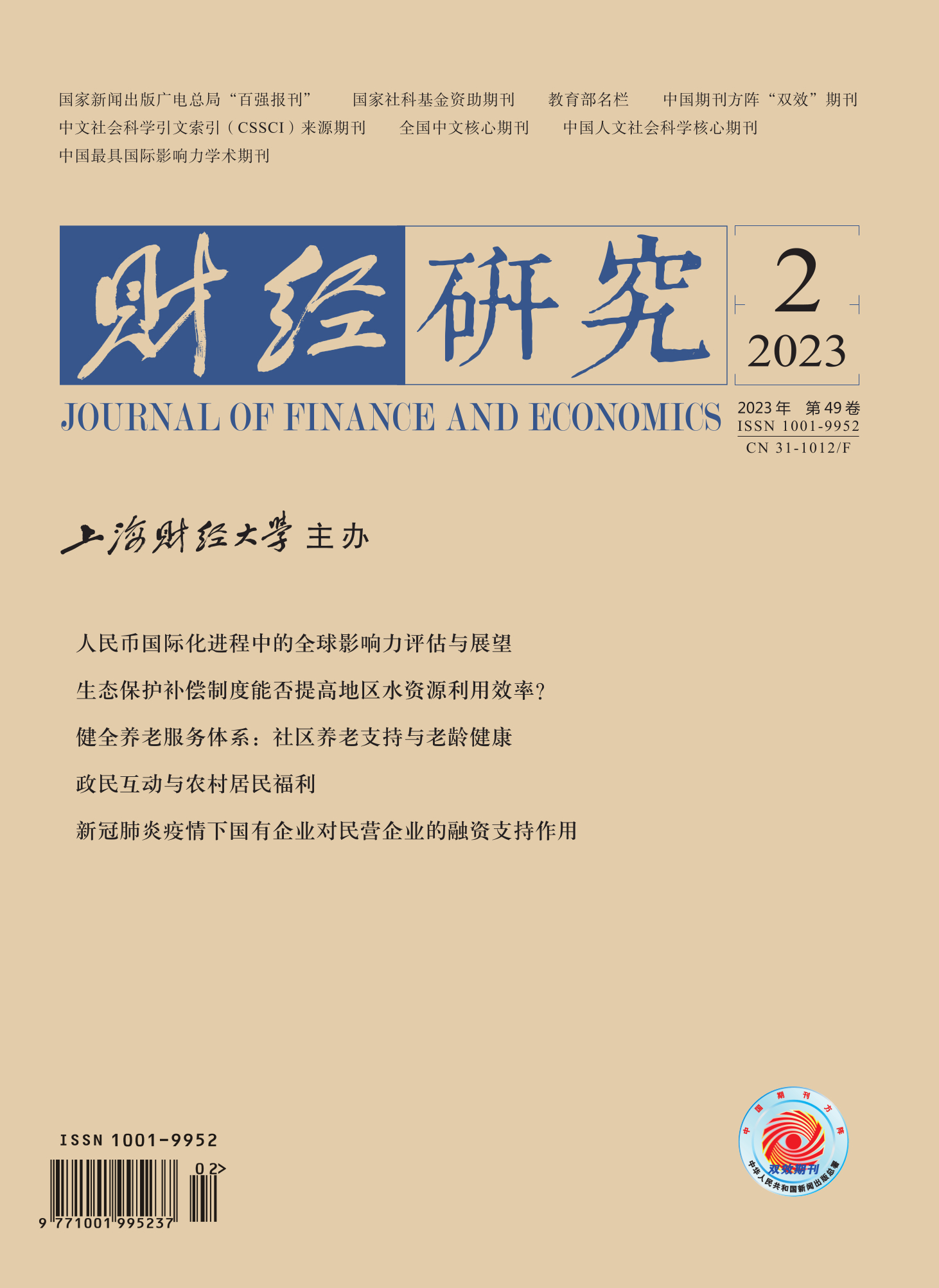The 14th Five-Year Plan proposes to adhere to the market-driven approach and prudently promote RMB internationalization. In this context, measuring the global influence of RMB and its regional heterogeneity from the perspective of market influence will help to find the regions where the influence of RMB is still weak, and grasp the direction and focus of the promotion of RMB internationalization in the future.
This study uses the network spillover index method to construct a spillover index reflecting the influence of RMB from the perspective of the volatility spillover of RMB exchange rate on the exchange rates of other currencies, and then explores RMB’s global influence and its regional heterogeneity. It shows that RMB’s influence is radiating globally, but it is uneven and still has a large gap with major international currencies. In terms of geographic regions, RMB has the strongest influence in Asia, concentrated in Greater China, Central Asia and South Asia, while it has a strong influence only in a few economies in Africa and Latin America. RMB’s influence in Europe can only radiate to Eastern and a few Southern European countries. In terms of economic regions, RMB’s influence is mainly concentrated in developing countries. In terms of international comparison, except for a few geographic regions around China, the influence of RMB in most regions of the world is weaker than international currencies such as USD and EUR. As a whole, RMB has basically achieved peripheralization in Greater China, Central Asia, Eastern Europe and some South Asian economies, and thanks to the promotion of the Belt and Road Initiative, the regionalization of RMB in developing countries has also made progress. However, there is still a long way to go to fully realize the internationalization of RMB.
The contributions of this study include that: First, it uses the exchange rate data of 56 major economies to construct the exchange rate volatility spillover network. The total GDP and foreign trade of the sample both account for 90% of the world share. Based on this sample, we can systematically examine the global and cross-regional influence of RMB. Second, it reveals the regional heterogeneity of RMB’s influence from the dual dimensions of geographic regions and economic regions. Through the analysis of regional heterogeneity, the regions with relatively weak RMB’s influence can be found, which will provide support for improving the levels of RMB regionalization and internationalization in a targeted manner. Third, it further conducts comparisons with international currencies such as USD and EUR to clarify the main competitive currencies faced by RMB in different regions of the world.





 5919
5919  11133
11133

